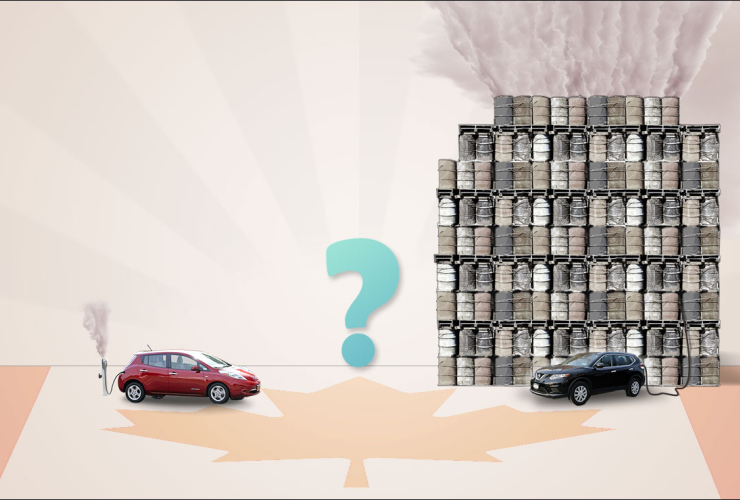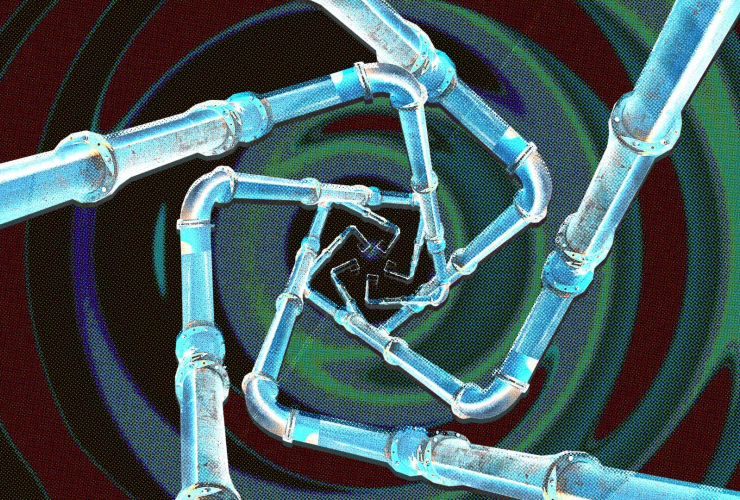Support journalism that lights the way through the climate crisis
This story was originally published by Grist and appears here as part of the Climate Desk collaboration.
Celebrations in a beachside California city will soon have to take place without an iconic, single-use party favour: balloons.
The city council of Laguna Beach, about 50 miles southeast of Los Angeles, banned the sale and use of all types of balloons recently, citing their contribution to ocean litter as well as risks from potential fires when they hit power lines. Starting in 2024, people using balloons on public property or at city events could incur fines of up to $500 for each violation. (Balloons used solely within people’s homes are exempt.)
The ban is part of a growing nationwide movement to restrict balloon use, as well as a broader item-by-item push to restrict problematic single-use products like plastic straws and bags. For now, most balloon-related state and city legislation only target the intentional release of helium-filled balloons, but experts say outright bans on using any type outside are gaining traction as people better understand their environmental consequences. Nantucket, Mass., in 2016 banned any balloon filled with a gas that’s lighter than air, and there are similar bans in places like East Hampton, N.Y., and Solana Beach and Encinitas, Calif.
“Plastic in the ocean and environment generally is gaining more attention,” Chad Nelsen, chief executive of the non-profit environmental organization Surfrider Foundation, told Grist. “It’s good that people are looking at these disposable single-use items that we have been using every day and not thinking about the consequences.” He said California beach cleanups organized by Surfrider in 2022 collected a total of nearly 2,500 balloons.
Balloons, especially those filled with helium, often become ocean pollution after just a few hours of use. Those made of latex — a kind of soft, synthetic or natural material that may take decades to break down — can be mistaken for food by marine animals and birds. When ingested, latex can conform to birds’ stomach cavities, causing nutrient deficiency or suffocation.
Balloons made of mylar, a kind of plastic coated in thin metal, basically never break down. “They stick around truly until the end of time,” said Kara Wiggin, a doctoral researcher at the Scripps Institution of Oceanography. The plastic strings attached to them can strangle marine life and then chip into microplastics that contaminate drinking water and the food chain.
Mylar balloons can also get tangled in power lines, leading to power outages or fires. According to the city of Riverside, Calif., balloons caused more than 1,300 minutes of power outages for its publicly owned water and electric utility in 2021. Other cities and utilities report thousands of ratepayers losing power each year when balloons get caught in power lines.
Wiggin said balloons are just a small part of society’s broader addiction to single-use items, but that banning them is “low-hanging fruit.” “We don’t throw things purposefully into the environment, but we often do that with balloons,” she told Grist. “That’s a practice that needs to be stopped.”
Nelsen said there are plenty of balloon-free ways to keep the fun going, including paper-based decorations, streamers, flags, kites, and pinwheels — many of which can be safely reused dozens of times. “Let’s find a way to celebrate kids’ birthdays without killing marine life,” he said.
Since we're on the topic of
Since we're on the topic of California ...
Though addressing plastic pollution is important, this is a relatively minor issue next to the fact California plans to reduce its net metering credit (currently at a 1:1 ratio) by 75% in mid-April. This, in a state where solar power is extremely viable. This means that millions more solar roofs will not materialize despite having some of the best insolation rates and grid connectivity on the planet. Homeowners will not be able to pay off their investment in rooftop PV panels through credit exchanges with the grid anytime soon, and will give the utility companies (most are private there) virtually free power during the day when the sun shines the most and demand is highest.
BC Hydro is pulling off a 60% reduction in the net metering credit next year for no credible reason, effectively killing off planned rooftop solar projects. This is ultimately short-sighted and eliminates third party investments in the capital costs of renewables, a cost Hydro will not have to assume, unlike dams. BCH offers very cheap power compared to most US states, but BCH also carries a debt estimated to reach $105B in the 2022-23 fiscal year (source: BC gov't.). Largely environmentally benign third party investments in power generation should be welcomed, not dismissed in such a backhanded fashion.
California risks a backlash, especially considering its more expensive overall power. There is enough sunpower to make it feasible for millions of homes to snip the connection to the private grid altogether. That means investing in residential-scale battery banks, such as the Tesla Powerwall or stackable Sonnen units. They are expensive, but homeowners may wish to have that independence and remove their consumer demand and revenue from the private utility companies in droves.
Entire BC towns, First Nations communities and farms could become independent with wind and solar combined with conservation and new generation non-lithium batteries stacked at grid-scales. What province will make it illegal to NOT connect to to the provincial grid? It's now technically possible for, say, a town of 10,000 people and businesses to collectively own its own independent power supply. Residents will be able to lease their vast roof spaces to the town power company to install PV panels (procured with bulk discounts), or send their inexpensive private power to the town's massive, warehoused battery bank at a 1:1 credit. Co-op Power Inc. would distribute it back to their owner-consumers at break even costs plus moderate riders for inflation, maintenance, depreciation and replacement. Solar on roofs and wind and small geothermal at the town's periphery and on incorporated farmland should make it all possible to give BCH the finger.





Comments